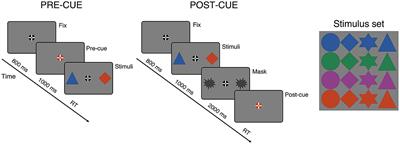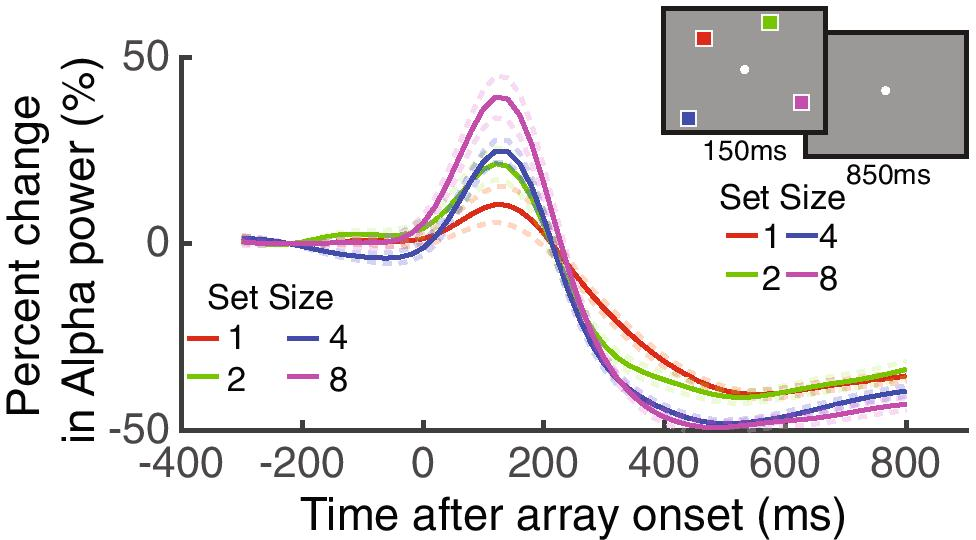Sorry to revive such an old thread but this came as the first topic in a google search on "wall gazing", so I thought I would contribute info to this for anyone that wants to know more.
I have been practicing Buddhist meditation for 20 years. Wall gazing is my favorite practice. Wall gazing is actually an advanced meditation, and unless an individual excels in 1) achieving long periods of concentration (samadhi), and 2) observing the mind without being distracted (vipassana), then "wall gazing" may seem very boring and practitioners may soon lose interest. However, "Wall Gazing" is extremely an extremely profound practice that can enable you to see your Buddha nature instantly.
What actually happens during "Wall Gazing"?
One merely uses the wall as a point of access to see the mind. To start, turn your gaze towards a wall. Although your eyes are physically on the wall, your mind is not thinking about the wall nor is it trying to analyze the wall.
You focus your gaze on the wall, so that the wall can reflect your mind. It is a type of vipassana practice but it is more advanced because it can enable the Buddha nature to be revealed instantaneously.
Stare at the wall and observe your mind.
Just as the wall is a blank canvas (much like watching a tv screen), allow your mind to reveal itself. When your mind reveals itself, continue focusing your gaze on the wall without actually paying attention to the mind. In this case, the mind itself is the object.
There is no need to visualize anything. Learn to be still with the mind without falling into it's trap.
To use an analogy, it is like you're sitting on a rocking boat in the ocean. The waves cause the boat to rock back and forth. The waves symbolize the mind.
The wall acts like an anchor for the boat to stabilize the mind. By focusing your gaze on the wall, you are learning not to be affected by the mind. The key steps are 1) keep your gaze on the wall, 2) let the mind reveal itself, and 3) stare at the wall without tuning into the mind. It's like seeing the images on a tv without paying attention to them. If you stare long enough, the mind turns into emptiness. It is like a bubble that is popped. When the bubble pops, it reveals the Buddha nature. The Buddha nature is not a thing or an object. It is merely the emptiness of the mind.
However, the mind will continue to play tricks or manifest delusions, so it is important to continue practicing this everyday until all delusions are emptied.




